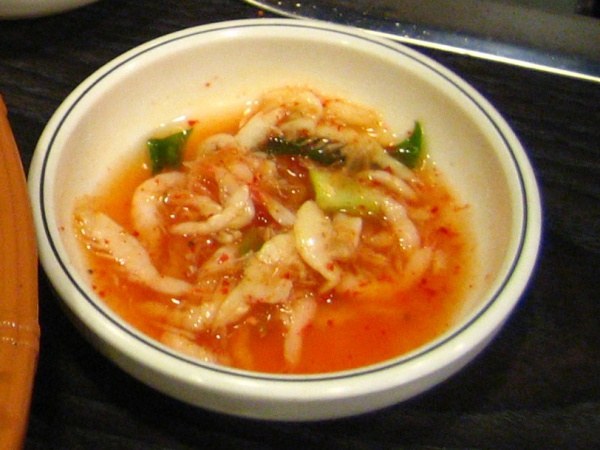Facts About Saeu-jeot
Saeu-jeot is a cherished type of jeotgal in Korean cuisine, created by salting and fermenting small shrimp. It's one of the most popular varieties of jeotgal in South Korea, alongside myeolchijeot. The term "Saeu-jeot" derives from the Korean words "saeu" (shrimp) and "jeot" (salted and fermented food). This ingredient is a cornerstone of Korean cooking, frequently used in dishes like kimchi and dipping sauces.
The shrimp used for Saeu-jeot, known as jeotsaeu, are smaller and have thinner shells compared to regular shrimp. The quality of Saeu-jeot greatly depends on the freshness of these shrimp. During warmer months, fishermen often add salt immediately to help preserve the catch.
There are various types of Saeu-jeot, categorized by the type of shrimp used and the harvest season:
- Spring:
- Putjeot: Made from shrimp harvested between January and April.
- Ojeot: Made from shrimp caught in May.
- Summer:
- Yukjeot: Considered the highest quality, made from June shrimp.
- Chajeot: Made from shrimp caught in July.
- Fall:
- Gonjaeng-ijeot: Made from small shrimp harvested in August and September.
- Chujeot: Made with small shrimp caught in autumn.
- Winter:
- Dongjeot: Made from shrimp caught in November.
- Dongbaekha: Made from shrimp harvested in February.
There are also some special types of Saeu-jeot:
- Tohajeot: Made from shrimp caught in clean freshwater.
- Jajeot: Made from various small shrimp.
- Daetdaegijeot: Made from shrimp with thicker shells.
- Saeualjeot: Made from the eggs of medium-sized red shrimp. This type was historically presented at the royal court during the Joseon dynasty and is now only produced in North Jeolla Province.
Each type of Saeu-jeot has its own unique characteristics, making them versatile ingredients in Korean cuisine.

 North Korea
North Korea